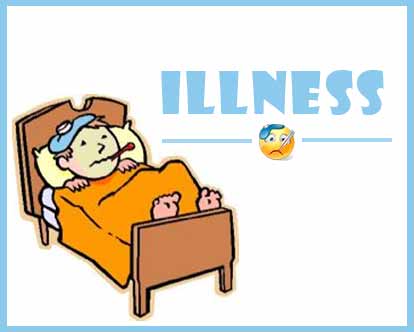- Home
- Editorial
- News
- Practice Guidelines
- Anesthesiology Guidelines
- Cancer Guidelines
- Cardiac Sciences Guidelines
- Critical Care Guidelines
- Dentistry Guidelines
- Dermatology Guidelines
- Diabetes and Endo Guidelines
- Diagnostics Guidelines
- ENT Guidelines
- Featured Practice Guidelines
- Gastroenterology Guidelines
- Geriatrics Guidelines
- Medicine Guidelines
- Nephrology Guidelines
- Neurosciences Guidelines
- Obs and Gynae Guidelines
- Ophthalmology Guidelines
- Orthopaedics Guidelines
- Paediatrics Guidelines
- Psychiatry Guidelines
- Pulmonology Guidelines
- Radiology Guidelines
- Surgery Guidelines
- Urology Guidelines
Researchers develop model for studying rare polio-like illness

Scientists, led by researchers at the University of Colorado School of Medicine, have developed the first animal model for studying paralysis caused by virus linked to a polio-like illness that paralyzed 120 children in 2014.
Working with mice in the laboratory of Kenneth Tyler, MD, chairman of the Department of Neurology, Alison Hixon, an MD/PhD candidate at the CU School of Medicine, and a team of researchers were able to demonstrate that several strains of the virus, known as enterovirus D68, or EV-D68, recovered during the 2014 epidemic can cause a paralytic illness in mice that resembles several aspects of the human cases.
"This is a really important breakthrough as it gives us a model to both study therapeutics and to understand how the disease develops," Tyler said. The results are published in edition of PLOS Pathogens, a peer-reviewed online open-access journal.
In the fall and winter of 2014, the United States experienced an epidemic of acute flaccid myelitis (AFM) cases in children coincident with a nationwide outbreak of EV-D68 respiratory disease. EV-D68 had previously been a rare cause of illness in the United States. Up to half of the 2014 AFM patients had RNA from EV-D68 detected in their respiratory secretions. The connection between EV-D68 and AFM led to the current research studies.
AFM appears as sudden onset of limb weakness, similar to polio, and medical imaging tests often reveal damage within the nervous system, particularly in the spinal cord. The effects of AFM can be devastating, leaving victims permanently disabled. Since 2014, the Centers for Disease Control and Prevention has been actively investigating the illness and has continued to receive reports of sporadic cases of AFM. In 2016, a total of 132 people in 37 states across the country were confirmed to have AFM.
"There are currently no established treatments for EV-D68," said Hixon. "A mouse model is an important first step in screening potential drug and vaccine therapies. Our results suggest that that there may be potentially effective strategies to treat or prevent EV-D68 and that's particularly important because we saw a surge in AFM cases in 2016."

Disclaimer: This site is primarily intended for healthcare professionals. Any content/information on this website does not replace the advice of medical and/or health professionals and should not be construed as medical/diagnostic advice/endorsement or prescription. Use of this site is subject to our terms of use, privacy policy, advertisement policy. © 2020 Minerva Medical Treatment Pvt Ltd